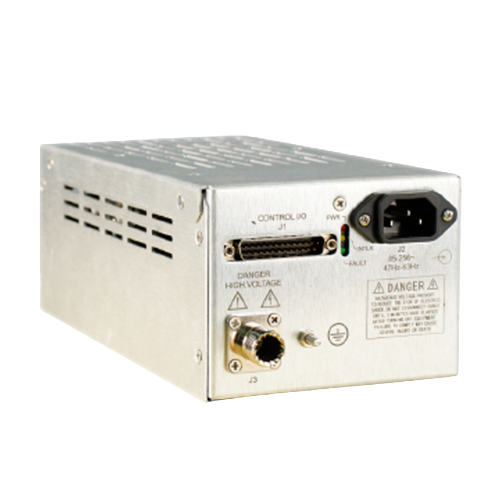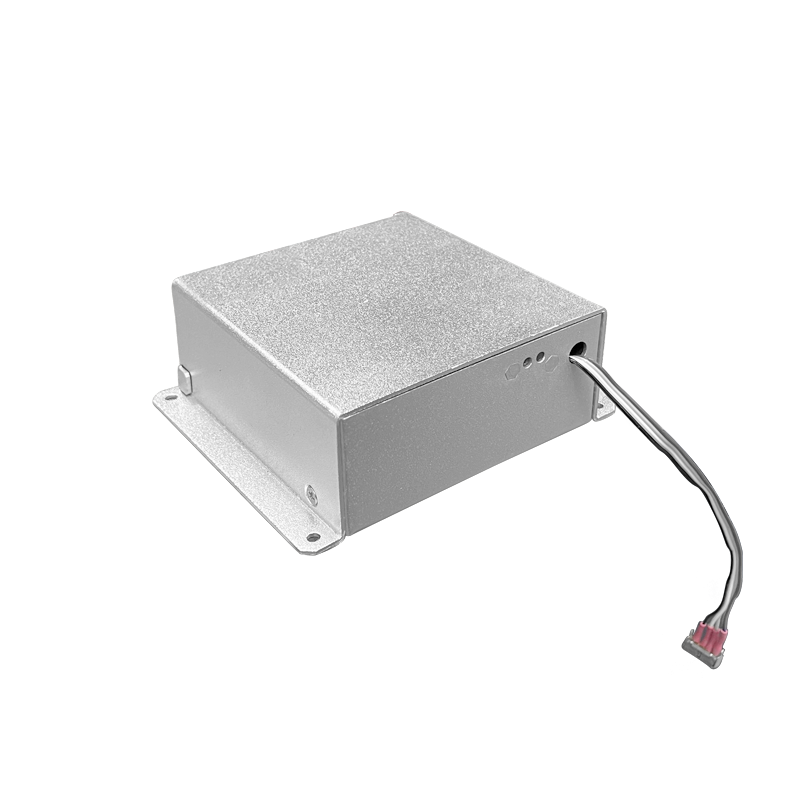Exploration of the Application of High-Voltage Power Supplies in Electromagnetic Compatibility Testing
Abstract
This article conducts an in-depth exploration of the application of high-voltage power supplies in electromagnetic compatibility testing. It analyzes the special requirements of electromagnetic compatibility testing for power supplies, expounds on the action mechanisms and technical advantages of high-voltage power supplies in different test items, and at the same time discusses the challenges and solutions in the application. The aim is to provide theoretical and practical references for improving the accuracy and reliability of electromagnetic compatibility testing.
1. Introduction
With the rapid development of modern electronic technology, various electronic devices are widely used in all fields. However, the problem of electromagnetic interference between devices has become increasingly prominent. Electromagnetic compatibility testing has become a crucial link to ensure the normal operation of devices and reduce mutual interference. As an important device capable of providing high-voltage output, high-voltage power supplies have unique application values in electromagnetic compatibility testing, and their performance directly affects the accuracy of test results.
2. Requirements of Electromagnetic Compatibility Testing for Power Supplies
Electromagnetic compatibility testing needs to simulate the working state of devices in a complex electromagnetic environment, which places strict requirements on power supplies. On the one hand, the test power supply needs to have high-voltage output capabilities to simulate high-intensity electromagnetic interference scenarios such as lightning strikes and electrostatic discharges. On the other hand, it requires stable power output and precise waveforms to ensure the consistency and repeatability of test conditions. In addition, the power supply should have a fast response speed and be able to quickly switch between different test modes to meet diverse test requirements.
3. Application of High-Voltage Power Supplies in Electromagnetic Compatibility Testing
3.1 Electrostatic Discharge Testing
In electrostatic discharge testing, high-voltage power supplies are used to generate high-voltage electrostatic pulses to simulate the electrostatic discharge process of the human body or objects to electronic devices. By precisely controlling the output voltage and discharge time of the high-voltage power supply, different intensities and types of electrostatic discharges can be simulated to test the ability of devices to resist electrostatic interference. The stability of the high-voltage power supply and the accuracy of the pulse waveform directly determine the reliability of the test results.
3.2 Lightning Surge Testing
Lightning surge testing aims to simulate the instantaneous overvoltage and overcurrent surges caused by lightning strikes or power grid switching. High-voltage power supplies generate high-voltage pulses of specific waveforms and amplitudes to simulate lightning surge phenomena. Their high-voltage and high-current output capabilities can truly reproduce the intensity and characteristics of lightning surges, helping to detect the tolerance and protection performance of devices in extreme electromagnetic environments.
3.3 Electromagnetic Radiation Immunity Testing
In electromagnetic radiation immunity testing, high-voltage power supplies provide high-voltage excitation for transmitting antennas to generate high-intensity electromagnetic radiation fields. By adjusting the output parameters of the high-voltage power supply, the intensity and frequency range of electromagnetic radiation can be controlled, testing the working performance of devices in different electromagnetic radiation environments and evaluating their electromagnetic radiation immunity.
4. Application Challenges and Solutions
High-voltage power supplies face many challenges in the application of electromagnetic compatibility testing. For example, high-voltage output may cause electromagnetic interference from the power supply itself, affecting the test results; the complex test environment places extremely high demands on the reliability and stability of the power supply; frequent voltage and current changes during the test process put great pressure on the lifespan and performance of the power supply.
To address these issues, a series of solutions can be adopted. Optimize the circuit design of high-voltage power supplies, add shielding and filtering measures to reduce the electromagnetic interference of the power supply itself; use high-reliability components and advanced manufacturing processes to improve the stability of the power supply in complex environments; design intelligent control systems to achieve precise adjustment and real-time monitoring of the power supply output, extend the service life of the power supply, and improve test efficiency.
5. Conclusion
High-voltage power supplies play an irreplaceable and important role in electromagnetic compatibility testing. Their rational application can effectively improve the accuracy and reliability of testing. Through continuous exploration and improvement, solving the challenges faced in the application process, and further optimizing the performance and functions of high-voltage power supplies will provide strong support for the development of electromagnetic compatibility testing technology and promote the continuous improvement of the electromagnetic compatibility performance of electronic devices.




















